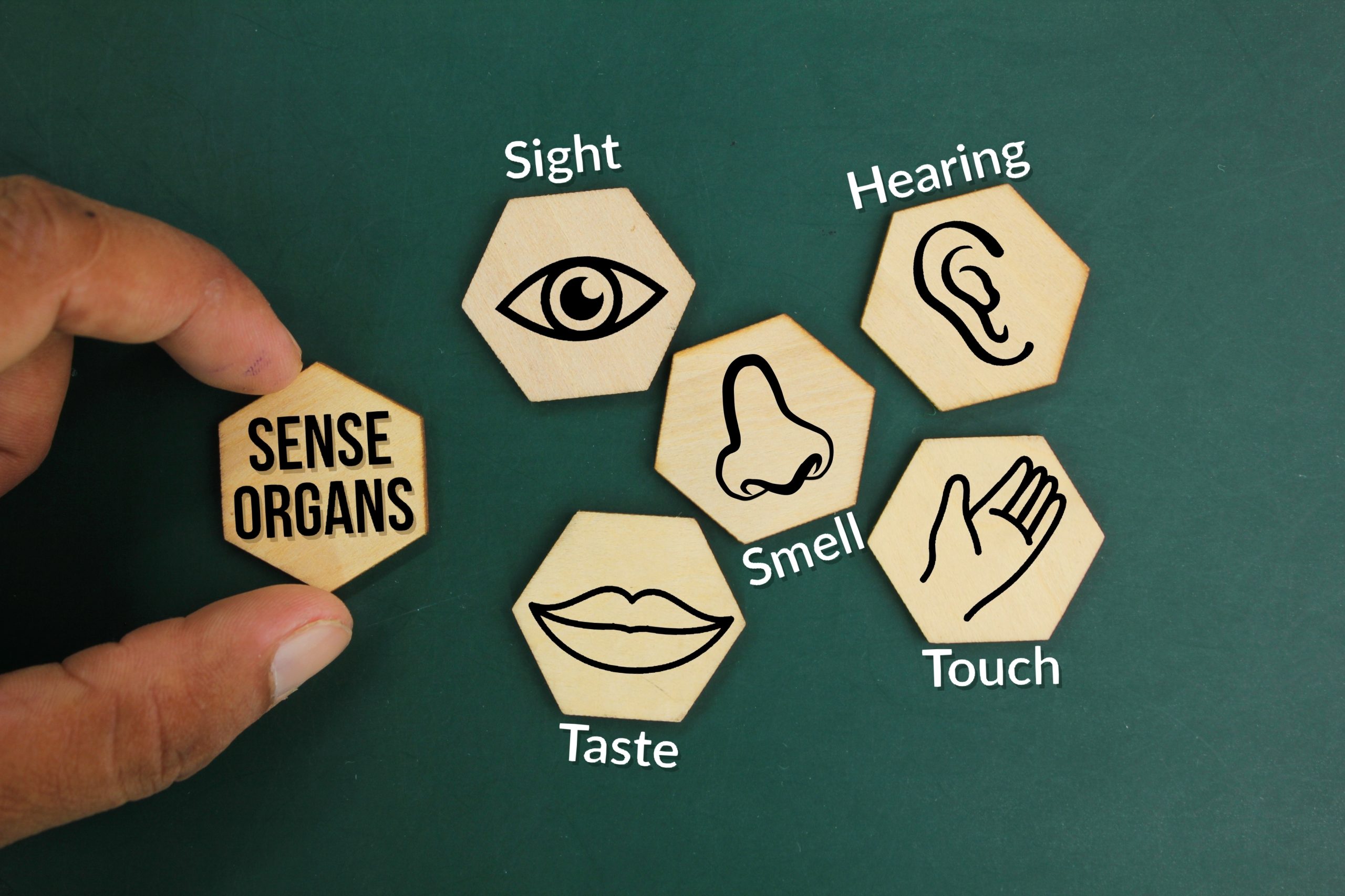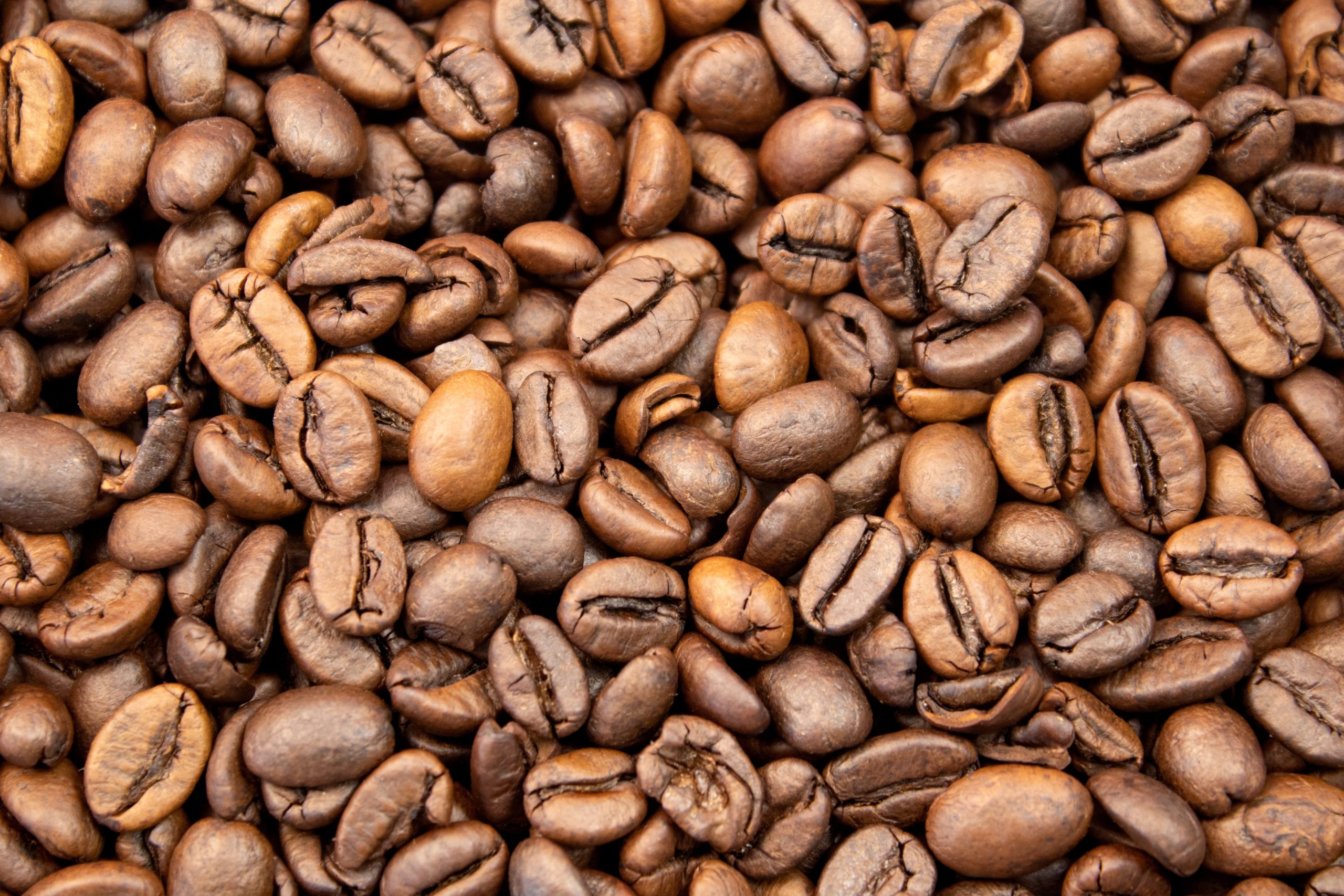A grocery store is a carefully engineered sensory environment. Retailers know that your five senses are a direct pathway to your wallet. They use a variety of subtle “sensory marketing” tricks that are designed to influence your mood and your purchasing decisions on a subconscious level. These tricks are a powerful and often invisible way to get you to spend more money. They can also push you toward the store’s more expensive, high-margin brands. Here are ten of these clever sensory tricks.

1. The Smell of Baking Bread
The first and most powerful sensory trick is the smell of the in-store bakery. Retailers will often place the bakery right near the entrance of the store. The warm, comforting smell of baking bread is designed to make you feel hungry. A hungry shopper is a much less disciplined and much more impulsive shopper.
2. The Sound of Slow Music
The background music in a store is not chosen by accident. Studies have shown that stores that play slow-tempo music encourage their shoppers to move more slowly. This increases the amount of time they spend in the store. This increased “dwell time” directly leads to them buying more items, especially high-margin impulse buys.
3. The Sight of Abundant, Fresh Produce
The visual appeal of the produce section is another key trick. The bright, vibrant colors of the fresh fruits and vegetables are designed to put you in a good mood. They create a “health halo” for the entire shopping trip. This makes you feel good about your healthy choices, which can lower your price sensitivity for the less healthy, more expensive items you will buy later.
4. The Feel of a High-Quality Shopping Cart
Even the shopping cart itself can be a sensory tool. Some premium grocery stores will use high-quality, smooth-rolling carts that feel sturdy and substantial in your hands. This is a subtle tactile cue. It is designed to create a feeling of quality and to reinforce the store’s premium image. This makes you more willing to pay their premium prices.
5. The Taste of a Free Sample
The free sample is the most direct and the most effective sensory trick of all. It uses your sense of taste to create a powerful craving for a product. A free sample of a new, expensive brand of cheese or sausage is a very effective way to get you to make an unplanned, impulse purchase of that high-margin item.
6. The Bright Lighting on Packaged Goods
The lighting in a grocery store is a key part of its design. The center aisles are often lit with a bright, even light that is designed to make the colorful packaging of the national brands pop. The goal is to make these expensive, brand-name products as visually appealing as possible.
7. The Sound of Sizzling in the Meat Department
Some stores have taken sensory marketing to the next level. They will install small, hidden speakers in the meat department. These speakers will play the subtle, recorded sound of a steak sizzling on a grill. This auditory trick is designed to trigger your hunger. It makes you think about a delicious, home-cooked meal, which encourages you to buy an expensive cut of meat.
8. The Feel of a Cold Bottle from the Cooler
The refrigerated coolers at the checkout are stocked with cold drinks for a reason. The tactile sensation of a cold, refreshing beverage can be a very powerful temptation. This is especially true at the end of a long and tiring shopping trip. The physical feeling of the cold bottle is a key part of the impulse buy.
9. The Smell of Coffee Near the Coffee Aisle

Some stores will intentionally grind a small amount of coffee beans near the coffee aisle throughout the day. The powerful, appealing aroma of fresh coffee is a sensory cue. It gets you to think about your morning cup of coffee. This makes you more likely to buy a bag of the store’s expensive, premium coffee.
10. The Use of “Warm” Colors in a Display
The colors that a store uses in its promotional displays are a key part of its strategy. Warm colors, like red and yellow, are known to grab our attention and to create a feeling of excitement and hunger. This is why you will often see these colors used on the end-cap displays for new snack foods and other high-margin items.
The Subconscious Shopper
These sensory tricks are a powerful and largely invisible form of marketing. They are designed to bypass your rational, logical brain. They appeal directly to your emotions and your subconscious desires. The goal is to make you feel a certain way about a product. This feeling will then, hopefully, lead to a purchase. By being aware of these subtle, sensory manipulations, you can become a more conscious and more intentional shopper. You can make your decisions with your brain, not just with your senses.
What is the one sensory trick that you find the most effective or the most tempting? Let us know in the comments!
What to Read Next
- 10 Shelf Placement Tricks That Manipulate Shopper Behavior
- 5 Retail Tricks That Make You Buy Things You Didn’t Even Want
- 7 Coupon Stacking Tricks Grocery Chains Hope You Never Learn
- 10 Sneaky Restaurant Tricks That Cost You More Money
- What the Position of Food on Shelves Really Reveals About Retail Tricks
The post 10 “Sensory” Tricks Retailers Use to Push Expensive Brands appeared first on Grocery Coupon Guide.







